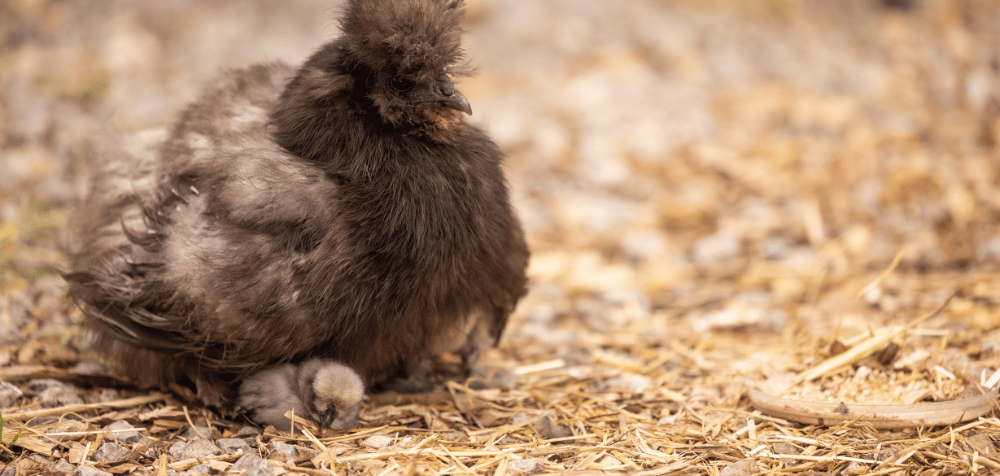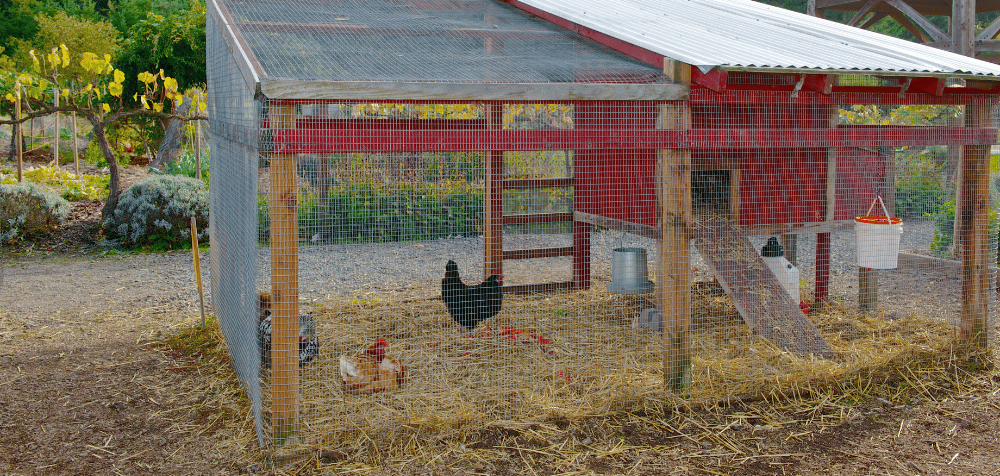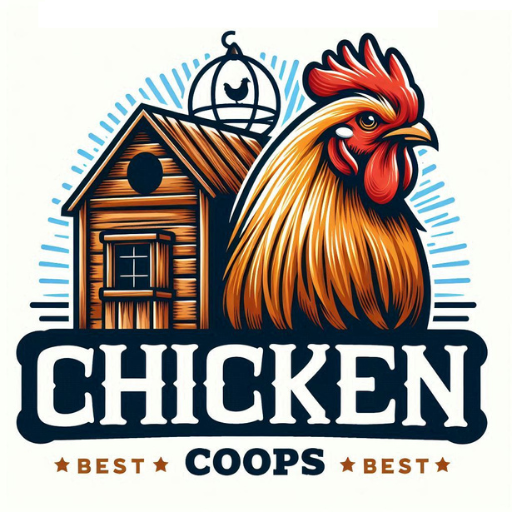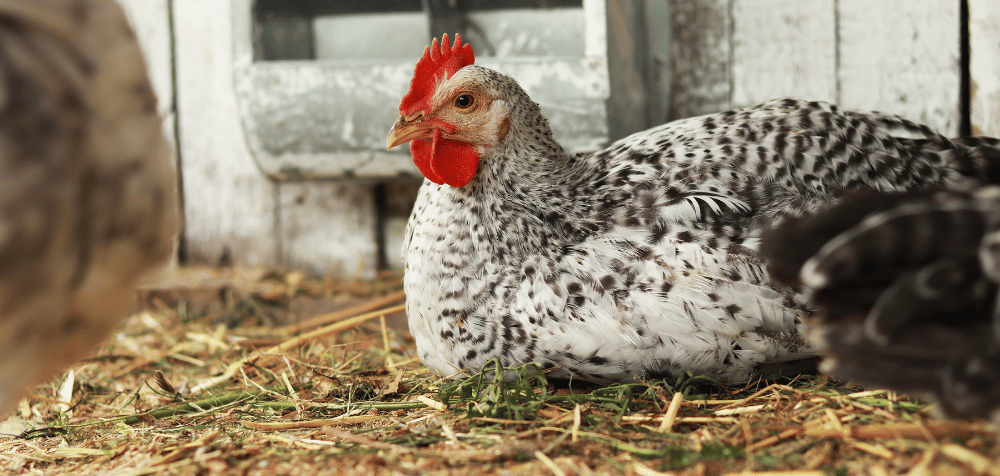Choosing the right chicken coop bedding for your flock is more than just a matter of comfort; it’s crucial for maintaining a healthy, happy, and odor-free environment. Bedding plays a key role in absorbing moisture, controlling odor, and providing warmth, so selecting the right one can make a world of difference for your chickens.
In this guide, we’ll explore various chicken coop bedding options, weigh the pros and cons of each, and help you determine which one might be the best fit for your feathered friends.
Why Chicken Coop Bedding Matters

Before diving into the types of bedding available, let’s first discuss why chicken coop bedding is so important:
- Absorbs Moisture: Chickens produce a lot of waste, and moisture buildup can lead to ammonia odors, mold, and bacteria growth.
- Provides Comfort and Warmth: The bedding offers a soft surface for chickens to walk and sleep on, which is especially crucial during colder months.
- Keeps Odors at Bay: Quality bedding materials can help neutralize unpleasant smells, keeping your coop fresh.
- Easy Cleanup: The right bedding can make cleaning out the coop simpler and faster.
Now, let’s get into the various options available for chicken coop bedding and which one might work best for your flock.
1. Pine Shavings: A Popular Choice
Pros of Pine Shavings
Pine shavings are one of the most commonly used chicken coop bedding materials, and for good reason. They’re affordable, widely available, and offer many benefits:
- Highly Absorbent: Pine shavings can absorb moisture effectively, helping to keep the coop dry.
- Pleasant Smell: They have a fresh, woodsy scent that can help mask odors.
- Soft Texture: Chickens enjoy walking on the soft, cushiony surface, making it comfortable for their feet and nesting areas.
Cons of Pine Shavings
- Dust: Pine shavings can be dusty, which may irritate chickens’ respiratory systems if not cleaned regularly.
- Breakdown Time: While they absorb moisture well, they can break down quickly, requiring more frequent replacement.
Overall, pine shavings are a great option for many chicken keepers, especially those who value cost and comfort.
2. Straw: A Classic Option
Straw is another popular choice for chicken coop bedding, especially in more traditional setups.
Pros of Straw
- Affordable and Accessible: Straw is inexpensive and easy to find, making it a cost-effective bedding option.
- Warmth: It provides excellent insulation during colder months, helping to keep chickens cozy.
- Natural Look: Many people enjoy the classic, rustic appearance of straw bedding in their coops.
Cons of Straw
- Not Very Absorbent: Straw doesn’t absorb moisture as well as other bedding options, which can lead to a wetter environment if not managed properly.
- Can Harbor Pests: Straw can become a breeding ground for mites, lice, and other pests if not changed regularly.
- Messy: Straw tends to scatter easily, leading to more frequent cleanups.
For those in colder climates, straw may be a good choice due to its insulation properties, but be mindful of the potential for moisture buildup.
3. Sand: A Unique and Low-Maintenance Option
If you’re looking for a modern and low-maintenance option for chicken coop bedding, sand might be a great fit for you.
Pros of Sand
- Great Absorbency: Sand can dry out chicken waste quickly, reducing odors and keeping the coop fresh.
- Low Dust: Unlike wood shavings, sand produces very little dust, which is ideal for chicken respiratory health.
- Easy to Clean: Cleaning a coop with sand is as simple as using a litter scoop—many chicken keepers compare it to cleaning a cat’s litter box.
- Year-Round Comfort: Sand provides a cooling effect in summer and a warm, cozy surface in winter.
Cons of Sand
- Weight: Sand is heavy, making it difficult to transport or change out when needed.
- Cost: It can be more expensive upfront than other types of bedding.
- Not as Cozy: Some chicken keepers feel that sand isn’t as soft or comfortable as shavings or straw.
Sand might be the perfect choice for your coop if you’re after an easy-to-clean, low-dust option.
4. Hemp Bedding: A Sustainable Alternative
Hemp bedding is gaining popularity in the chicken-keeping community due to its eco-friendliness and exceptional performance.
Pros of Hemp Bedding
- Highly Absorbent: Hemp bedding is known for its excellent moisture-absorbing properties, often outperforming traditional options like pine shavings or straw.
- Eco-Friendly: Made from the fibrous core of the hemp plant, it’s a renewable resource and biodegradable.
- Low Dust: This option produces minimal dust, making it ideal for chicken coops where respiratory health is a concern.
- Long-Lasting: Hemp tends to last longer than other bedding materials before needing replacement.
Cons of Hemp Bedding
- Cost: Hemp bedding tends to be more expensive than other materials like pine shavings or straw.
- Availability: Depending on where you live, hemp bedding may be harder to find locally.
For those interested in a sustainable and highly effective chicken coop bedding, hemp is worth considering despite the higher cost.
5. Shredded Paper: Budget-Friendly and Eco-Conscious
If you’re looking for an inexpensive and eco-friendly option for chicken coop bedding, shredded paper might be just what you need.
Pros of Shredded Paper
- Cheap or Free: Shredded paper can often be sourced for free or at a very low cost, making it one of the most budget-friendly bedding options.
- Recyclable: It’s an excellent way to reuse old newspapers and documents.
- Comfortable and Soft: Chickens enjoy the soft texture, making it a comfortable option for nesting boxes.
Cons of Shredded Paper
- Poor Absorption: Paper doesn’t absorb moisture well, so it can become soggy and smelly if not changed frequently.
- Needs Frequent Replacement: Because it breaks down quickly, you’ll need to replace shredded paper often.
- Potential Ink Issues: Some inks may not be ideal for chickens, so it’s important to use non-toxic, soy-based ink papers.
For those on a tight budget, shredded paper is a practical choice but requires more maintenance.
How to Choose the Right Chicken Coop Bedding for Your Flock

When deciding on the best chicken coop bedding, consider the following factors:
- Climate: If you live in a cold climate, bedding options like straw or hemp can provide extra warmth. For hot climates, sand might be the better choice for keeping the coop cool.
- Cost: Bedding like straw or shredded paper is cheaper, but options like hemp or sand might offer better long-term value due to their durability and low maintenance.
- Cleaning Routine: Some bedding materials, such as sand or hemp, require less frequent changing but might be harder to clean when needed. Other materials, like pine shavings, are easy to replace but might need more frequent cleaning.
- Chicken Health: If your chickens are prone to respiratory issues, avoid dustier options like pine shavings and consider sand or hemp, which are low-dust alternatives.
Quick Comparison of Chicken Coop Bedding Options
- Pine Shavings: Soft, and absorbent, but can be dusty.
- Straw: Affordable, cozy, but less absorbent.
- Sand: Low-maintenance, excellent odor control, but heavy.
- Hemp Bedding: Eco-friendly, absorbent, but pricier.
- Shredded Paper: Budget-friendly, but poor moisture control.
Choosing the right chicken coop bedding ultimately comes down to your specific needs and preferences. Whether you prioritize cost, ease of cleaning, or your flock’s comfort, there’s a bedding solution out there that will keep both you and your chickens happy.

